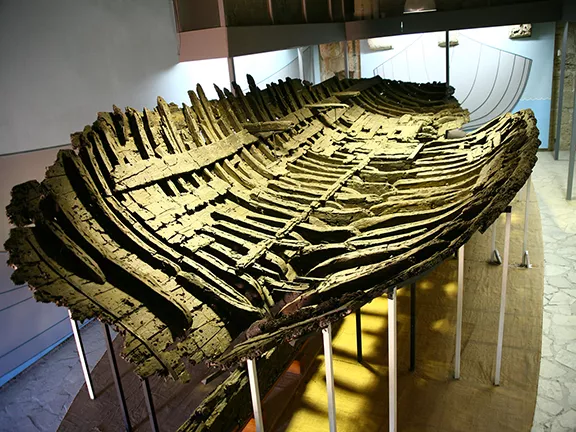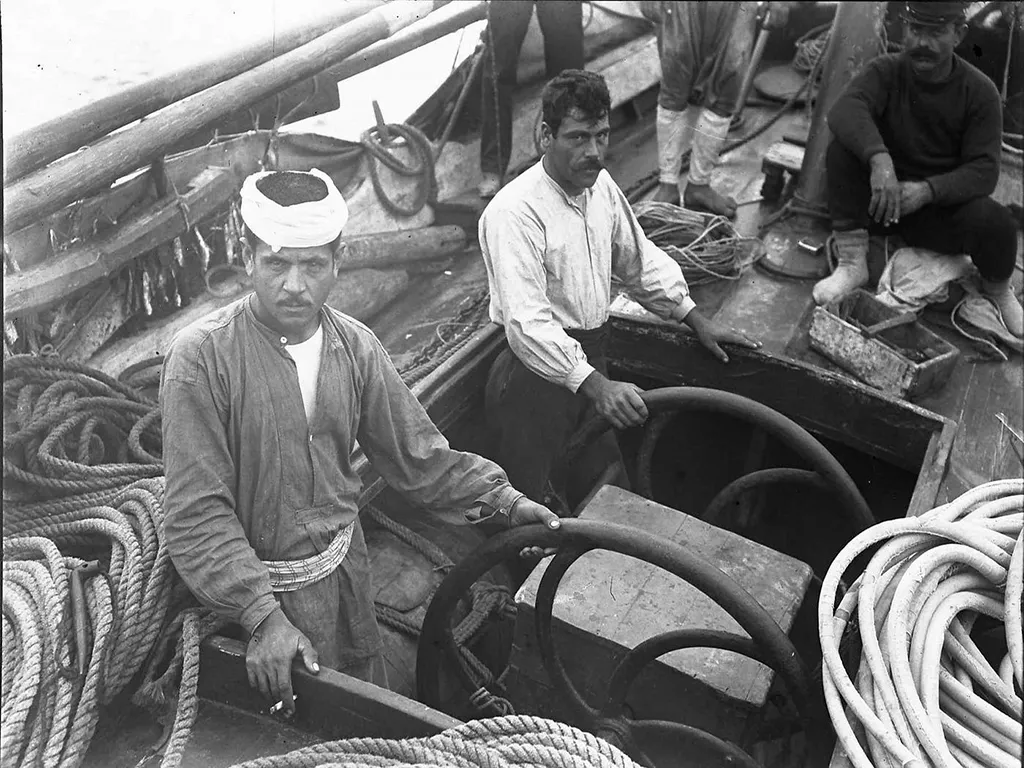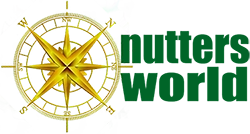Roman Era Shipwrecks in the Mediterranean
Adrasan Shipwreck: 1st Century BC Ceramics Discovery
The discovery of the Adrasan Shipwreck, a 1st Century BC cargo vessel found off the Turkish coast. Important for its remarkably preserved Eastern Sigillata A ceramics and the ancient clay-coating technique that protected the two millennia old tableware.
By Nick Nutter on 2025-10-31 | Last Updated 2025-10-31 | Roman Era Shipwrecks in the Mediterranean
This article has been visited 632 times

Adrasan Plate Wreck
The Adrasan Plate Wreck: A First-Century BC Time Capsule
Archaeologists have uncovered a Mediterranean shipwreck off the coast of Adrasan, Turkey, which they date to the 1st century BC, specifically the Late Hellenistic/Early Roman I period (c. 50–20 BC). Labelled the "Ceramic Wreck" or the "Adrasan Plate Wreck," this exceptional discovery provides an unprecedented glimpse into ancient maritime commerce and logistical sophistication. Initial surveys of the site, dating back to the 1970s, involved legendary underwater archaeologist George Bass, while ceramics from the wreck were published by Veronika Mitsopoulos-Leon in 1975.
Do you enjoy my articles? For your reading pleasure, this website does not carry third party ads. You could help me write more articles by buying me a cup of coffee.
Cargo and Preservation
The sunken vessel, resting at a depth of 33 to 46 metres, carried a massive and surprisingly uniform consignment of ceramic tableware. Experts identified the cargo predominantly as fine, red-slipped Eastern Sigillata A (ESA) wares, including hundreds of plates, bowls, and cups. This type of pottery was highly popular and widely traded across the eastern Mediterranean during this era.
The condition of the artefacts is what sets this site apart. The ceramics survived in perfect, tidy stacks, an arrangement they maintained since the moment the ship sank. The crew employed an ingenious protective measure; they coated each item in a layer of raw clay before packing it. This clay layer acted as a natural seal, effectively protecting the delicate designs and original colours from two millennia of marine erosion and saturation. This large-scale preservation technique reveals novel information about how ancient merchants managed the risk of transporting fragile consumer goods.
Insights into Ancient Logistics and Trade
The uniformity of the ESA wares and the sheer volume of the cargo confirm the trade links that connected the workshops of coastal Anatolia (near regions like Antioch) with other economic centres in the Mediterranean basin. The undisturbed, stacked arrangement of the ceramics allows researchers to study production and packaging methods on a scale previously unrealised in underwater archaeology. The find details how producers not only manufactured the goods but also how they efficiently packaged and stored them for long-distance transport.
The recent, high-profile excavations and scientific research, including a 2023 paper titled "Adrasan 'Eastern Sigillata A' Plate Shipwreck," were led by Associate Professor Dr. Hakan Öniz of Akdeniz University, with contributions from Emre Okan. Their work on the "Ceramic Wreck" continues to advance understanding of maritime routes and economic exchanges of antiquity.
Future of the Discovery
The Adrasan wreck and its contents are of major importance not only to Turkey but also to the world’s cultural heritage. The Turkish Ministry of Culture and Tourism plans to exhibit selected artefacts at a new Mediterranean Underwater Archaeology Museum in the Kemer Idyros region. Furthermore, once excavation and documentation are complete, the Ministry intends to open a section of the wreck site to diving tourism, allowing the public to engage directly with this remarkable relic of the past.
References
Oniz, Hakan & Okan, Emre. (2023). Adrasan “Eastern Sigillata A” Plate Shipwreck. Journal of Maritime Archaeology. 18. 1-17. 10.1007/s11457-023-09361-8.
Do you enjoy my articles? For your reading pleasure, this website does not carry third party ads. You could help me write more articles by buying me a cup of coffee.
 1: The Komiža Shipwreck (400 – 300 BC)
1: The Komiža Shipwreck (400 – 300 BC) 2: Kyrenia Shipwreck 295 – 285 BC
2: Kyrenia Shipwreck 295 – 285 BC 3: Marsala shipwreck (c 250 BC) Sicily
3: Marsala shipwreck (c 250 BC) Sicily 4: Mahdia Shipwreck 80–70 BC
4: Mahdia Shipwreck 80–70 BC 5: Antikythera Shipwreck 60 - 50 BC
5: Antikythera Shipwreck 60 - 50 BC